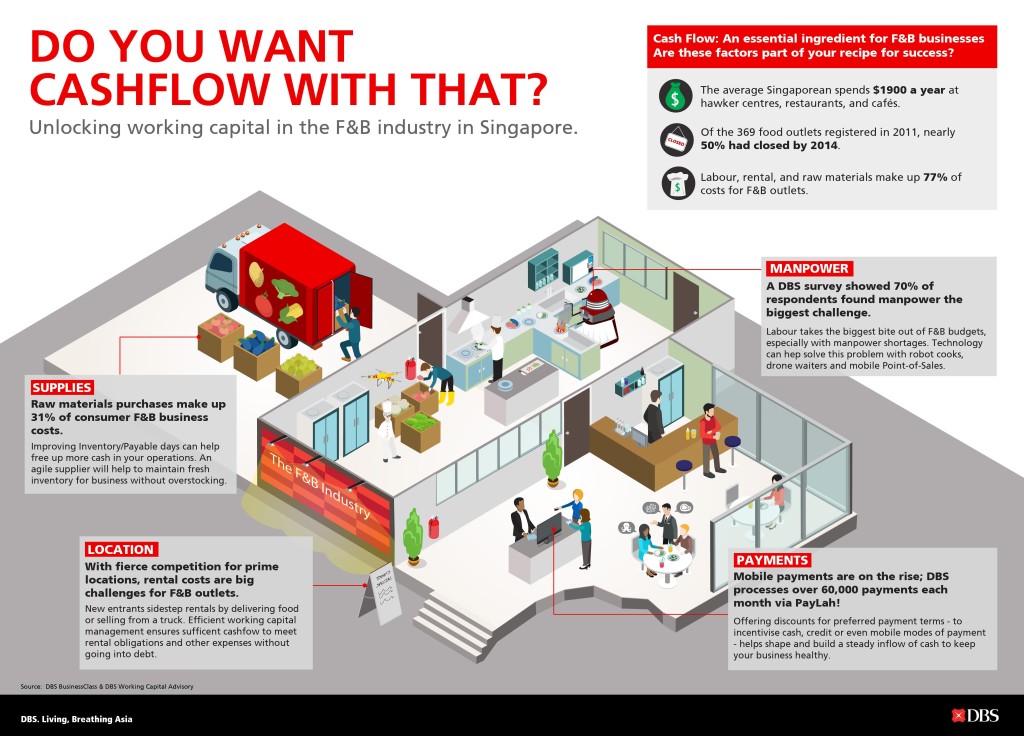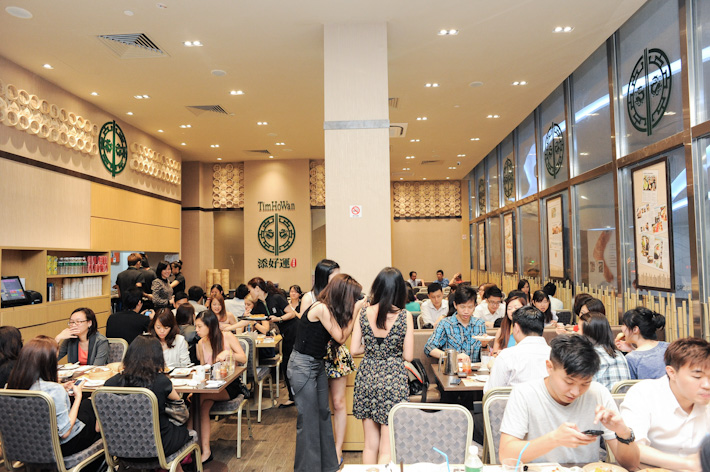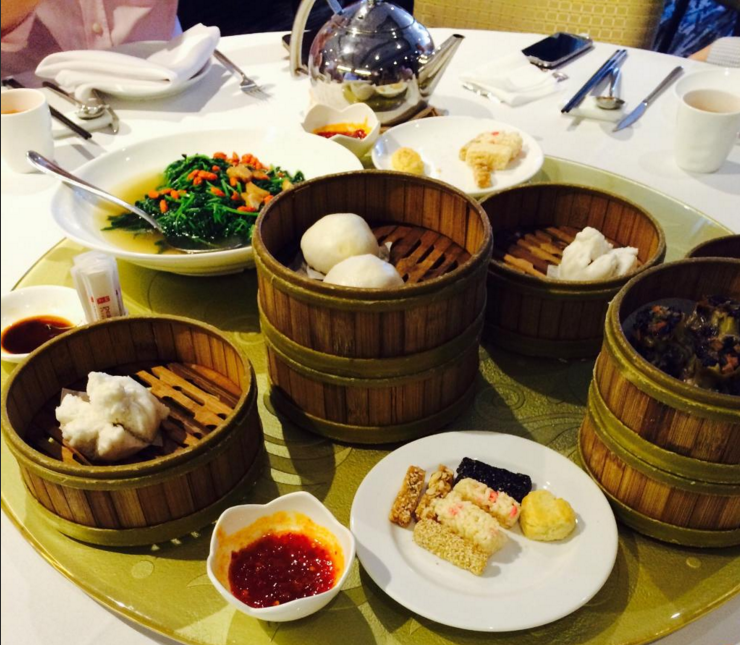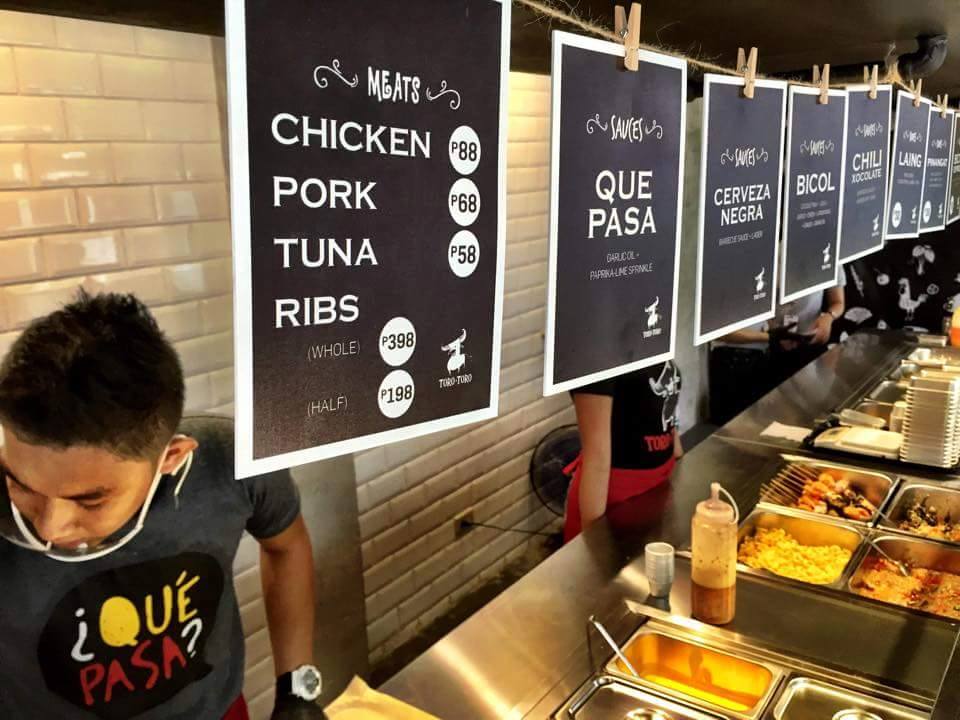
As the owner of a restaurant, retail business or startup, your priority is to move your business forward every single day.
Running your own business is different from working for a company because the line between professional and personal life is blurred. In this case, it is essential that you make the best use of your time and we have a few tips to get you started!
Cut down on meetings
Meetings can often be directionless and unreasonably lengthy. You may find yourself spending an entire day running from one meeting to the next and ending the day having done nothing significant at all. Whether the meetings are with your subordinates, potential clients or investors, it’s worth pressing the pause button, going through the goals for the meeting and deciding whether they warrant a meeting at all.
Meetings with your subordinates might occur too often, with no significant change in the status of their work. Meetings with clients may involve work that can be done on your own time. It’s important to cut these meetings down if most of the time is spent going back and forth on decisions that have already been made.
A good way to do this is to outline the goals of the meeting beforehand and go back to these goals at the end of the meetings and check if they have been met.
Going through emails
Through the day, you’re bound to get emails from friends, family, business partners, advertisers, clients and others. Keeping up with emails is one of the most time consuming tasks of the day. But this can be simplified.
There are a bunch of apps that help you. Gmail has a priority inbox folder that sifts through your mail and categorizes them for you. SaneBox is another app that cleans up your inbox so you focus on communicating with important people instead of missing out on their emails under all that spam.
Whatever you choose, make sure you are on top of it over the first few weeks as you get used to how the app prioritizes your mail.
Another important point on emails is to prioritize your replies. If your reply requires only two minutes, you should do so immediately. It saves time by preventing you to archive emails that really just require two minutes of your time.
If an email requires more time for you to think over your reply, you should move it to a whole new folder (maybe create a Priority Replies folder). This marks down the emails you need to go over again before you choose to reply.
Building a playbook
When you’re doing a task multiple times, you can write down the task step by step in a Google Doc and standardize the process. This makes it easier to delegate the task to someone else so that you can focus on more urgent matters.
Many CEOs and managers recommend creating a playbook because standardizing the task saves time, makes it fool proof and works as a guide for future reference. We do it at PayrollHero too and it helps getting new hires up to speed with how we work through tasks.
Advising your team
Many managers propose engaging with their team on a regular basis to find out what they need. They say that walking through your office and stopping by your employee’s table and asking them questions about their day really builds morale and productivity. Some of the questions you can ask are:
- What roadblocks are you facing today?
- How can I remove some of the roadblocks for you?
- What resources would help you move faster?
All these questions help the employee focus on moving forward by identifying barriers and removing them. By paying attention to your employees’ roadblocks, you can gauge what you can do to help them be more productive.
Altogether, these steps are simple to implement and quick to produce results. You should be able to free up you time to prioritize on core business activities that you can make the biggest impact on.
Hope this helps, and let us know if you have time-saving secrets that you would like to add on!








 Singapore is a fairly saturated market when it comes to the restaurant industry. With high turnover of employees and ever increasing rates for rental space, there are a lot of things that restaurant owners need to worry about. We think that getting your restaurant’s name out to the masses should not be one of them. We’ve got you some easy tips to throw your restaurant into the limelight in Singapore.
Singapore is a fairly saturated market when it comes to the restaurant industry. With high turnover of employees and ever increasing rates for rental space, there are a lot of things that restaurant owners need to worry about. We think that getting your restaurant’s name out to the masses should not be one of them. We’ve got you some easy tips to throw your restaurant into the limelight in Singapore.



